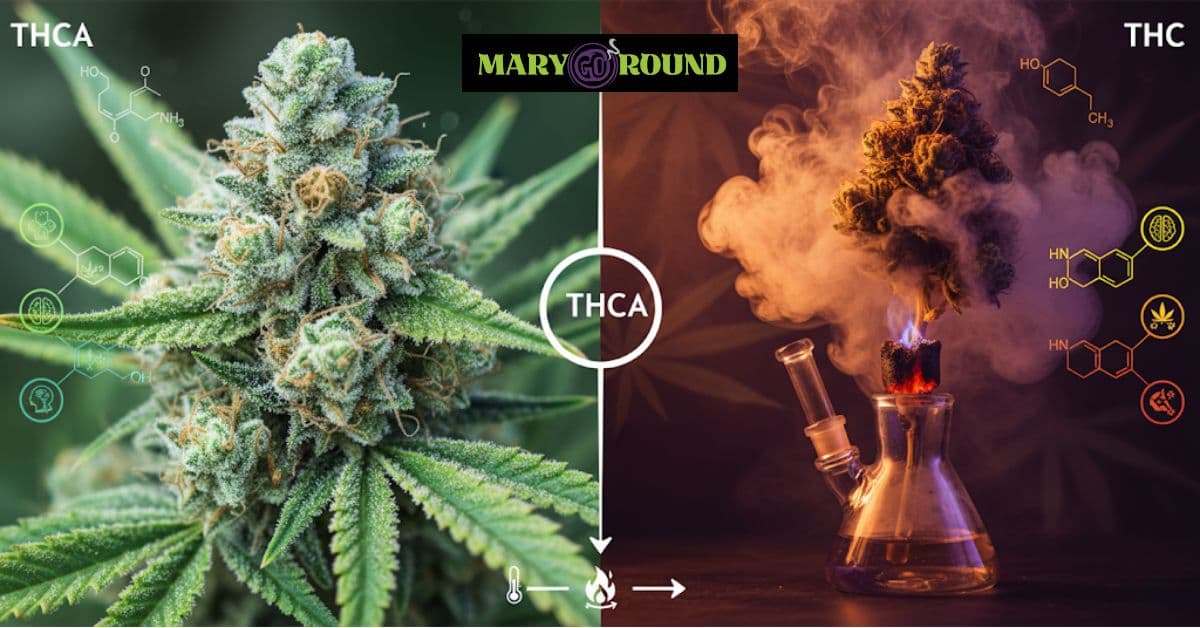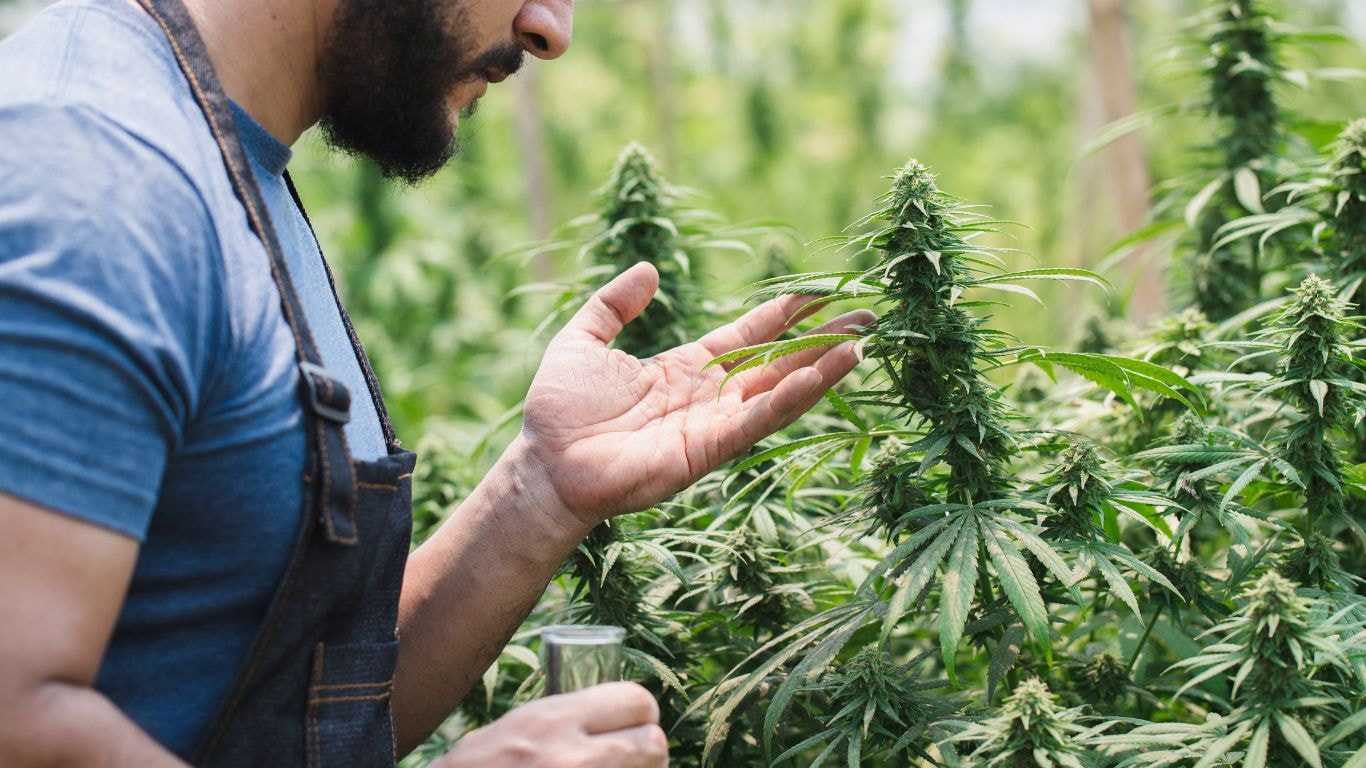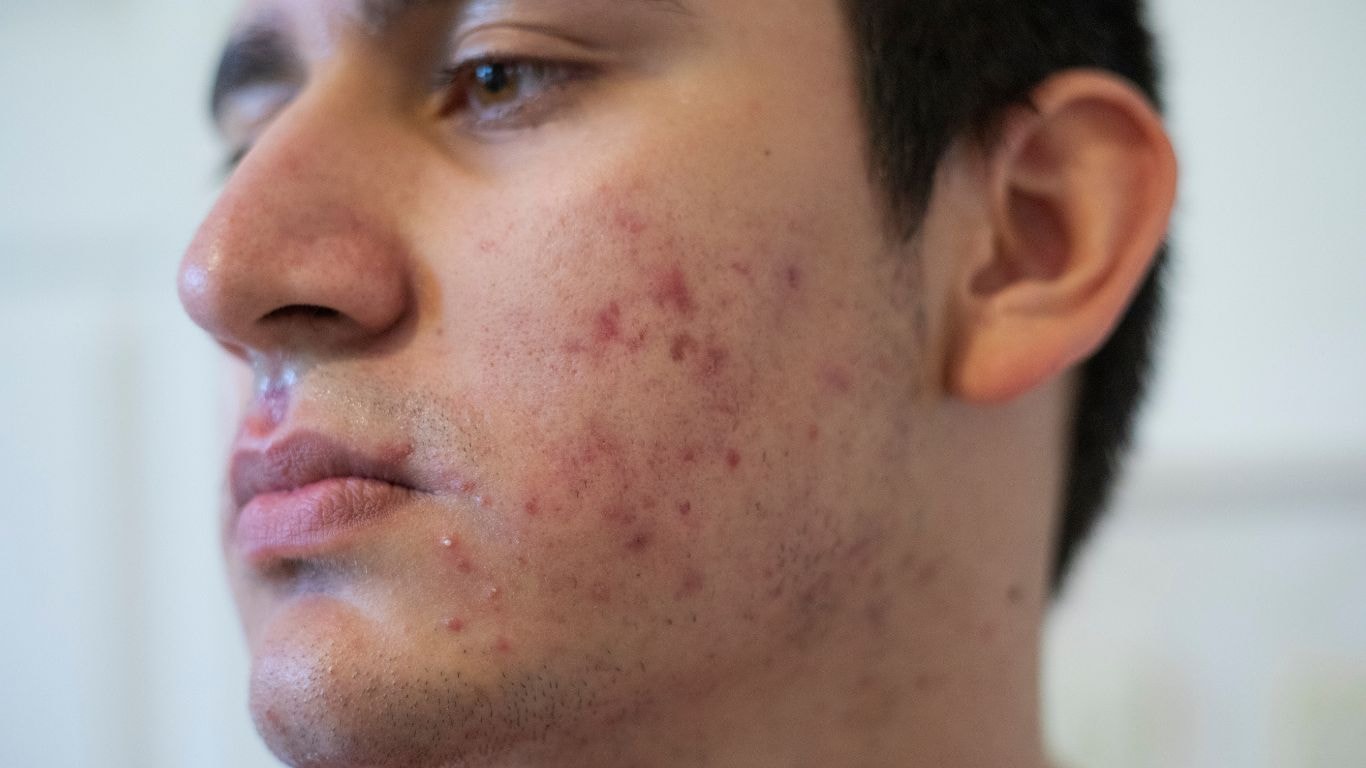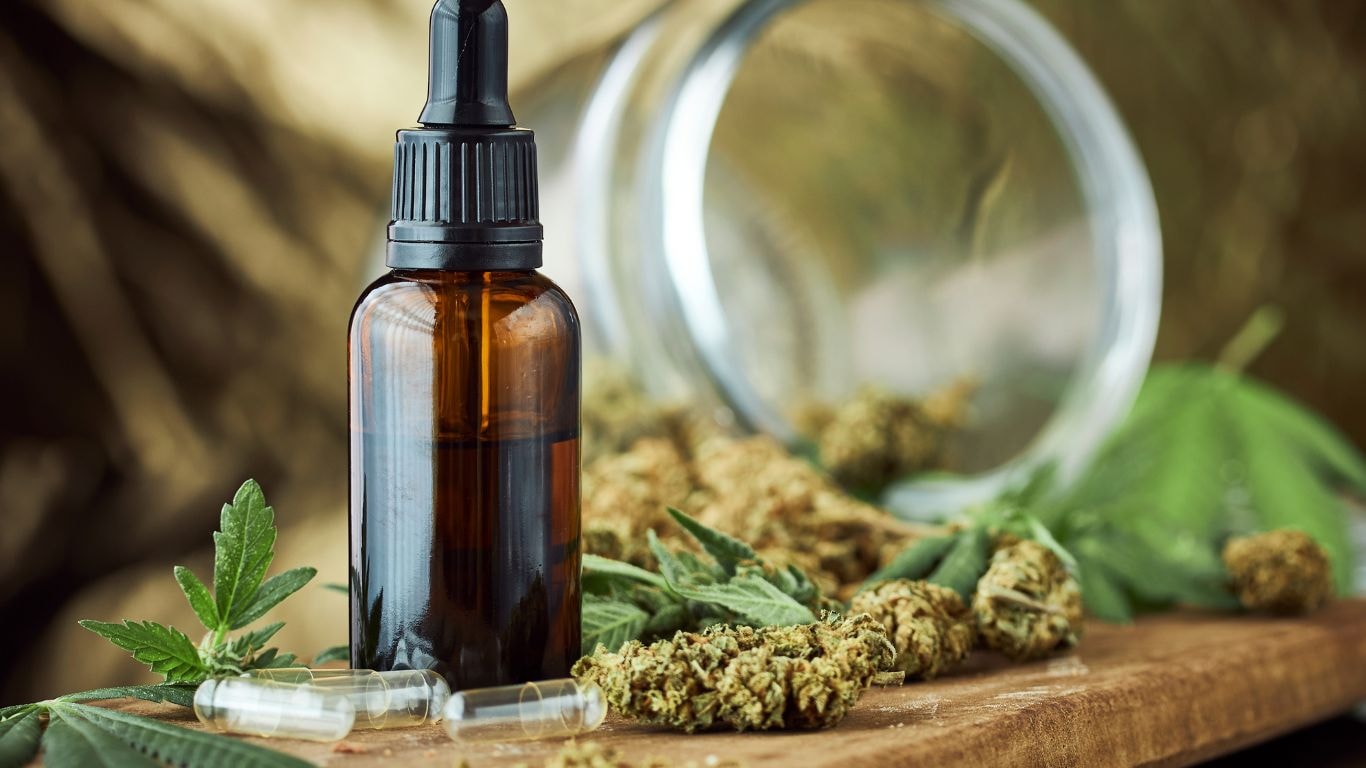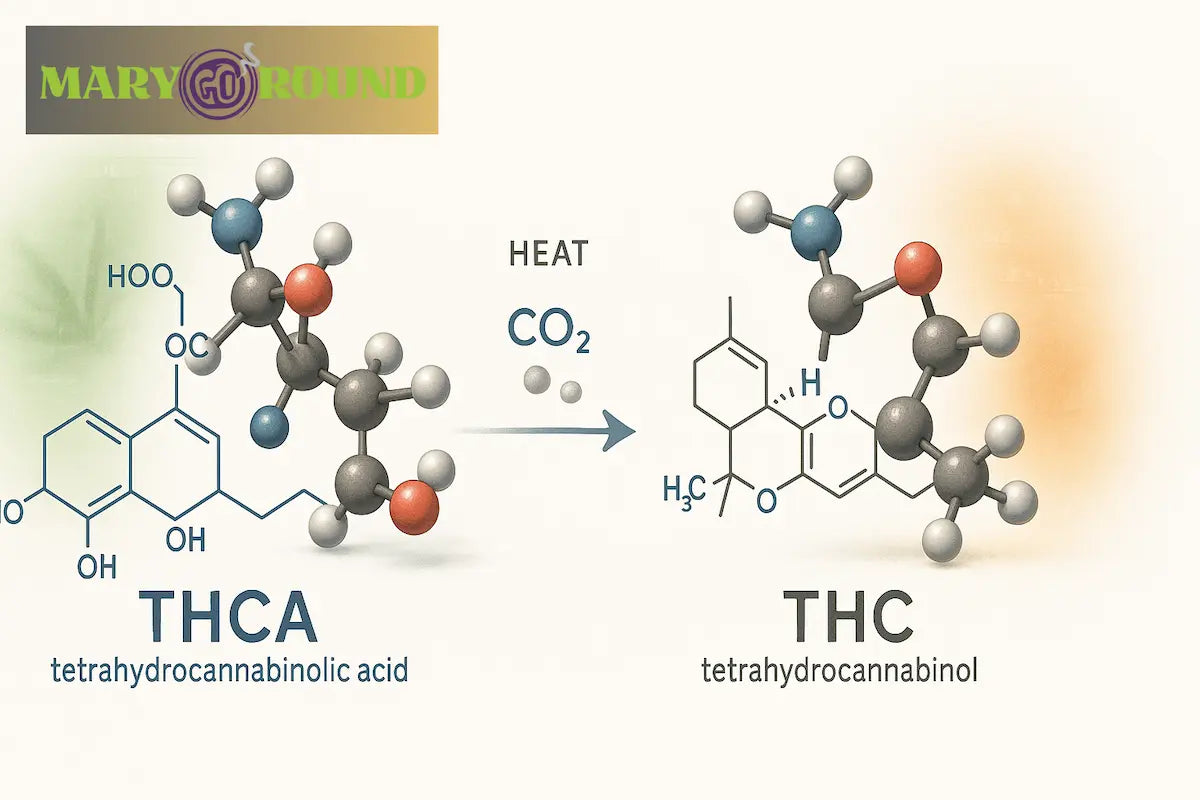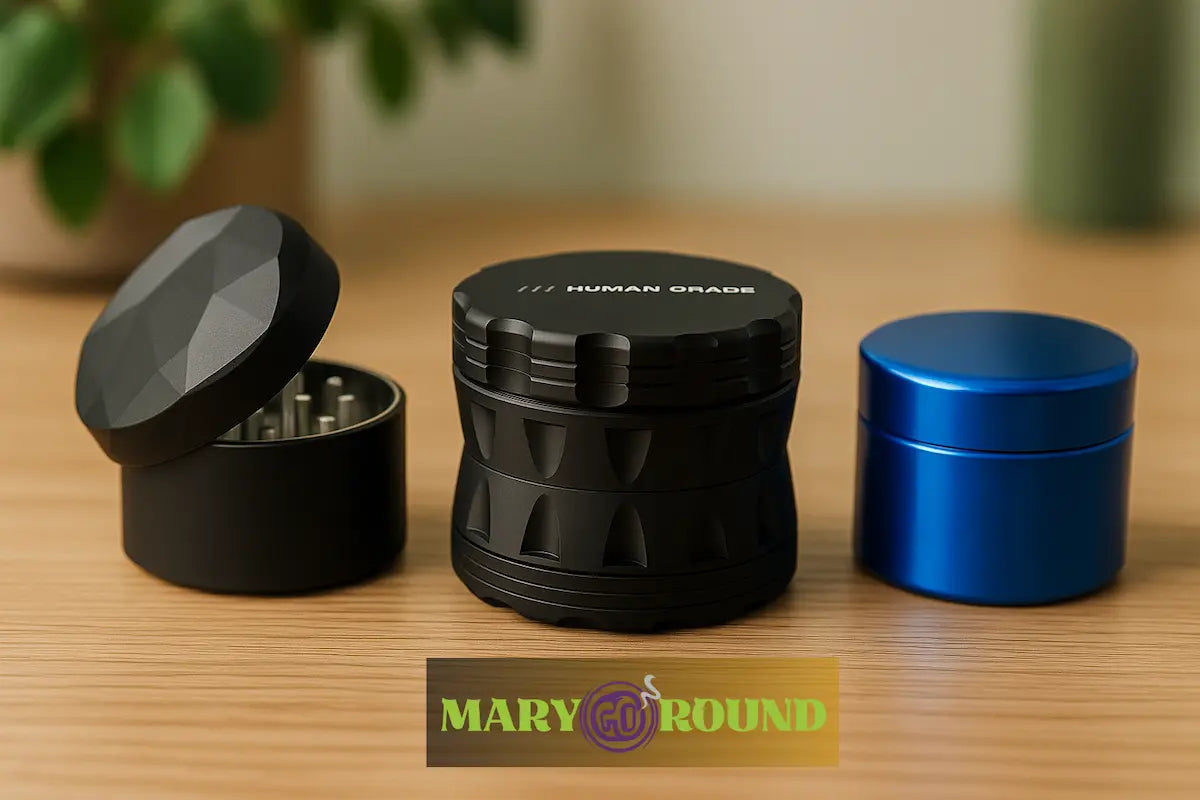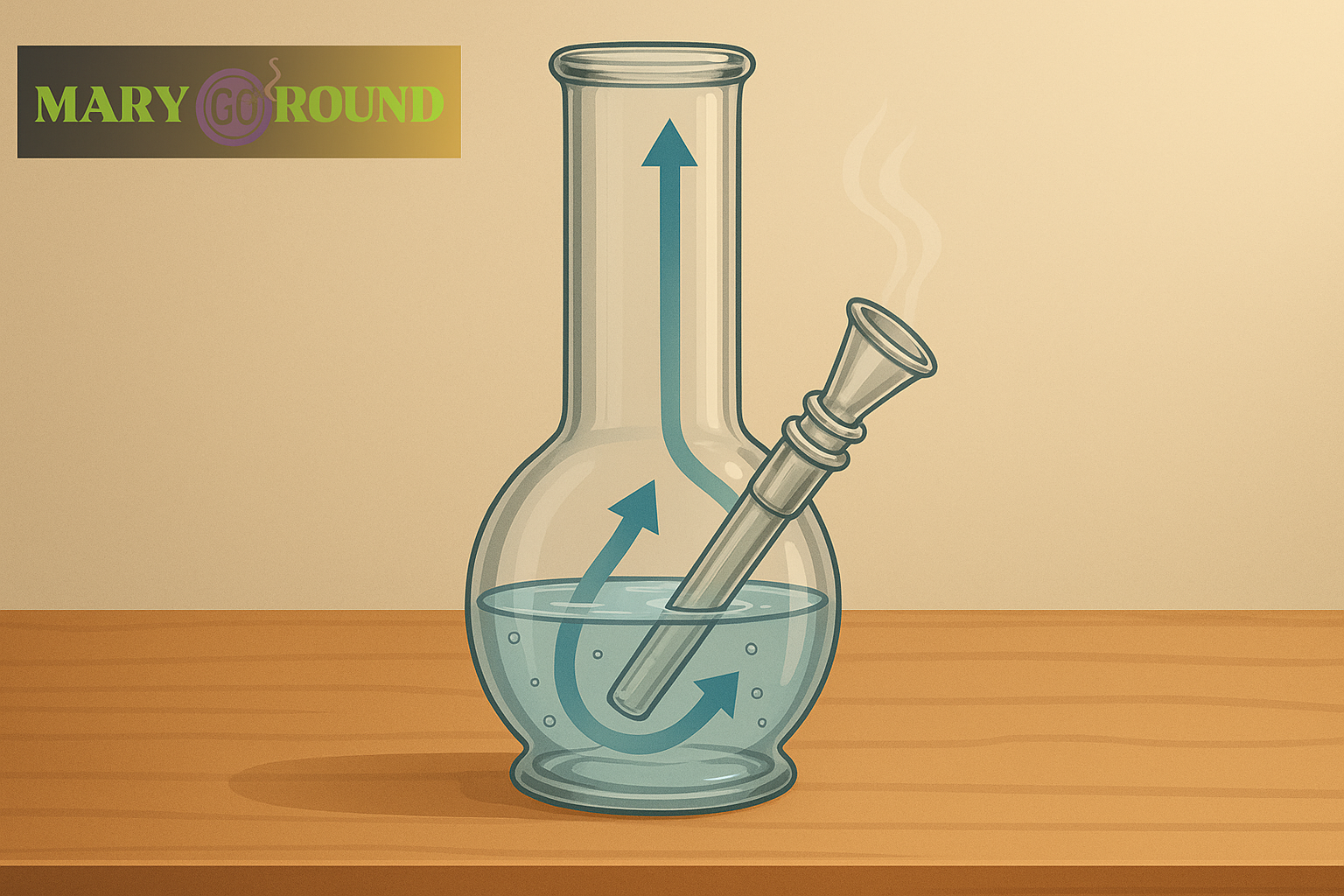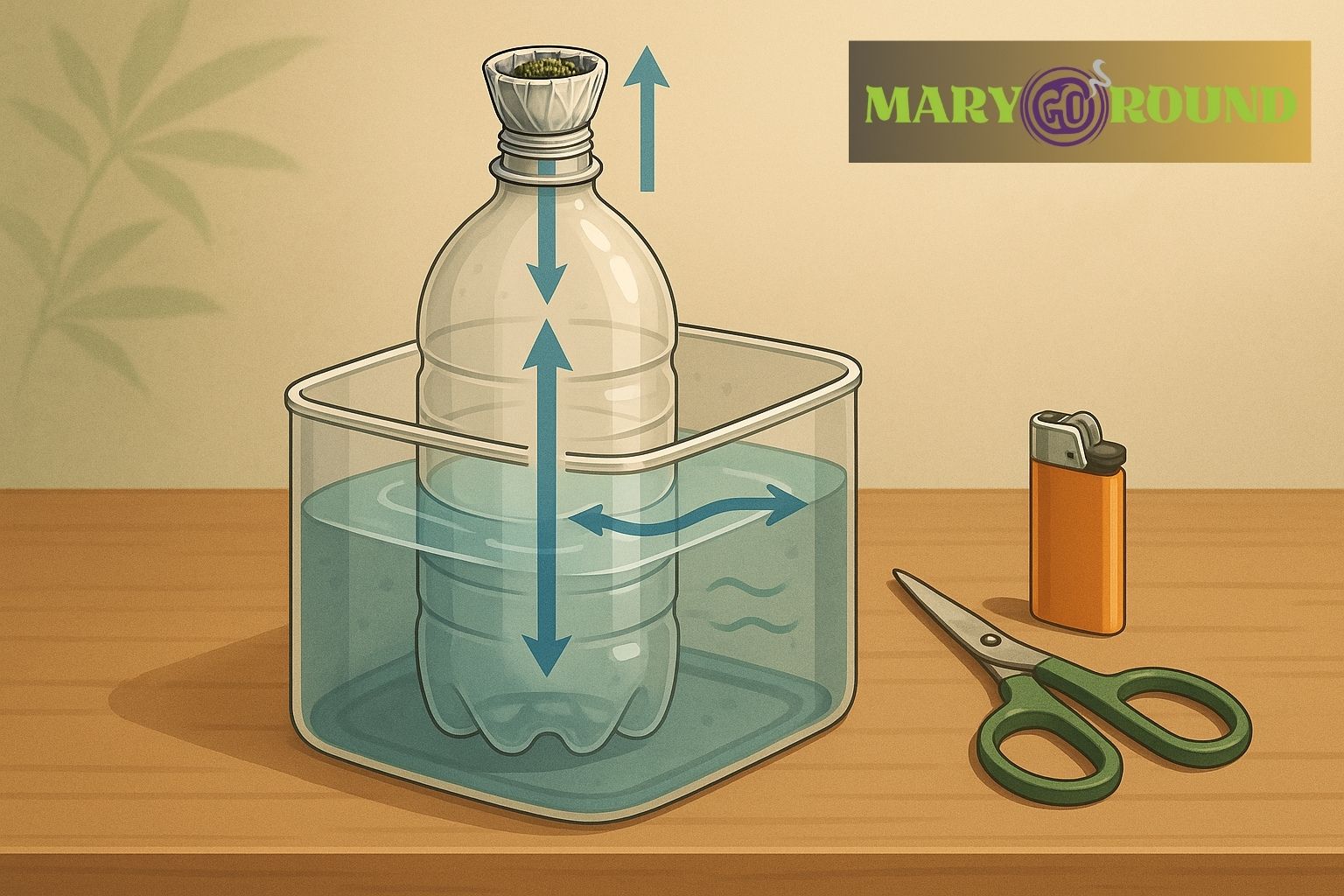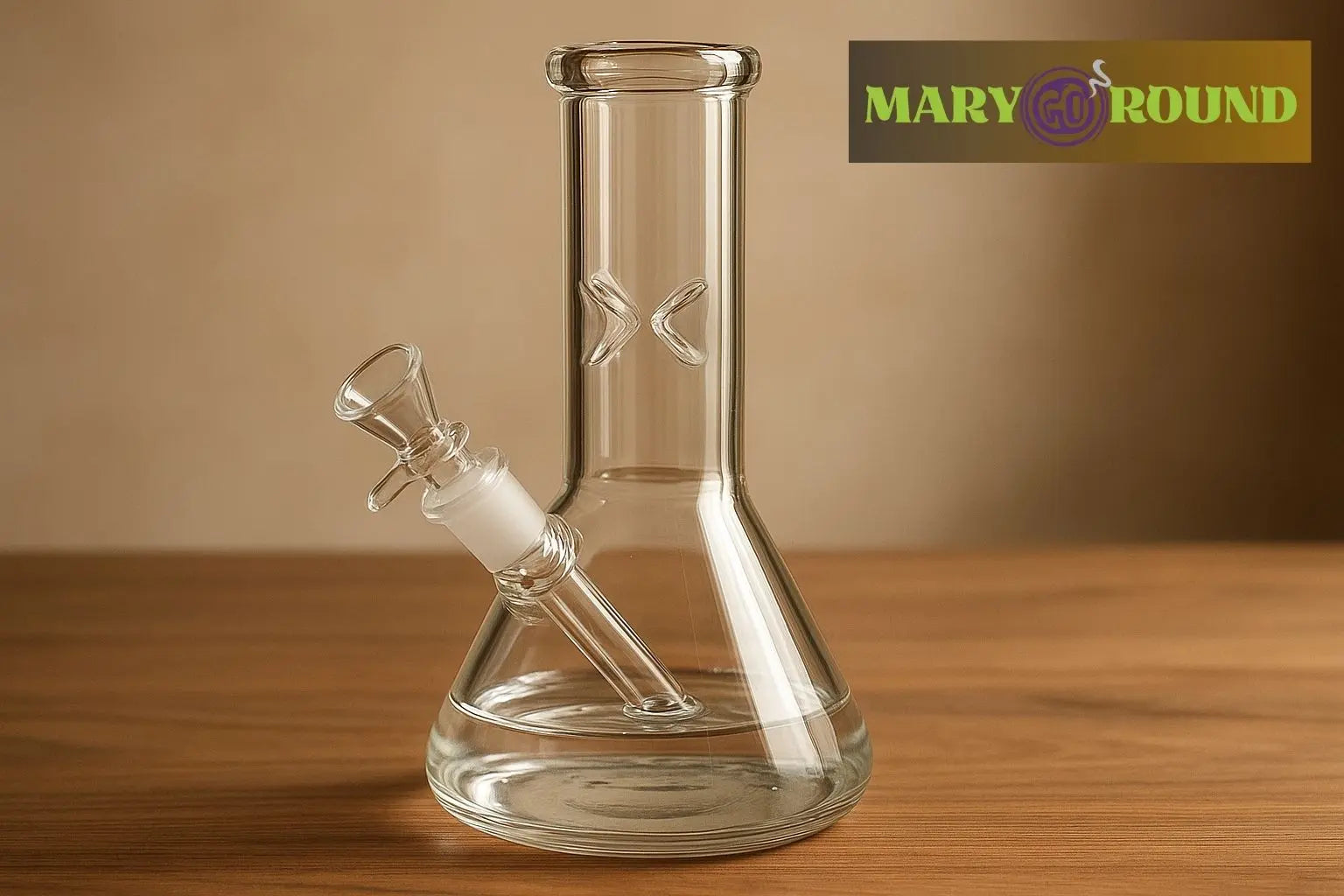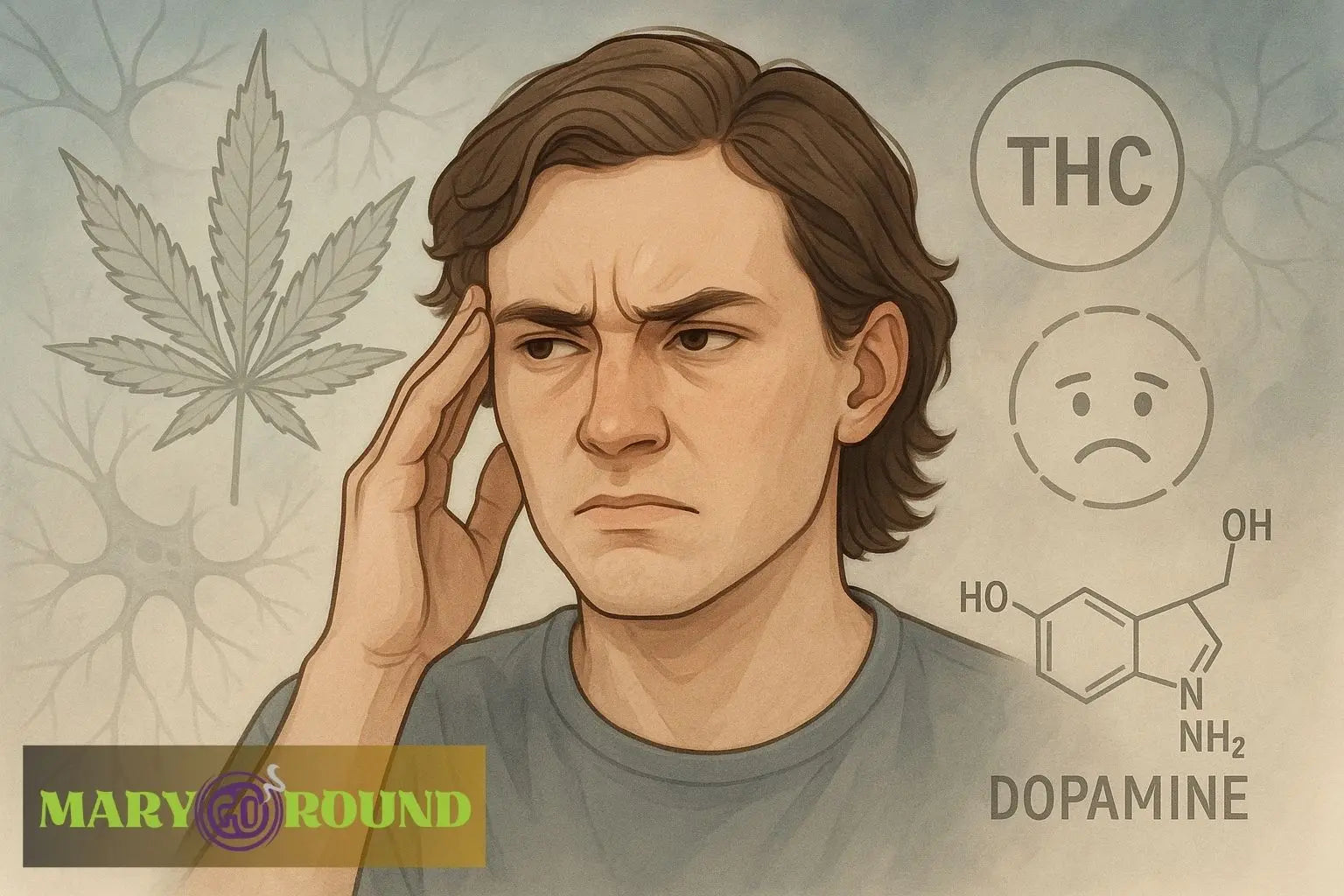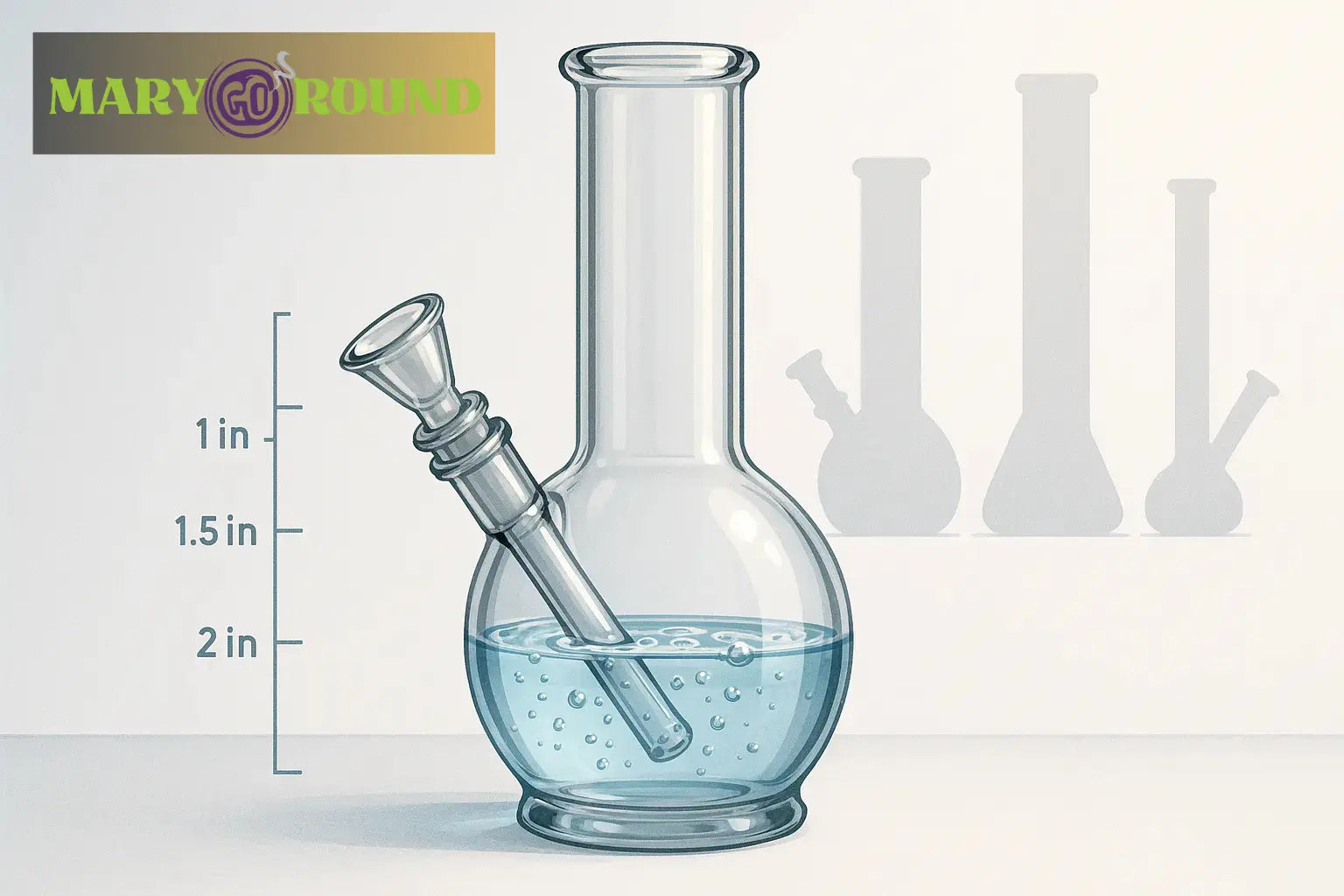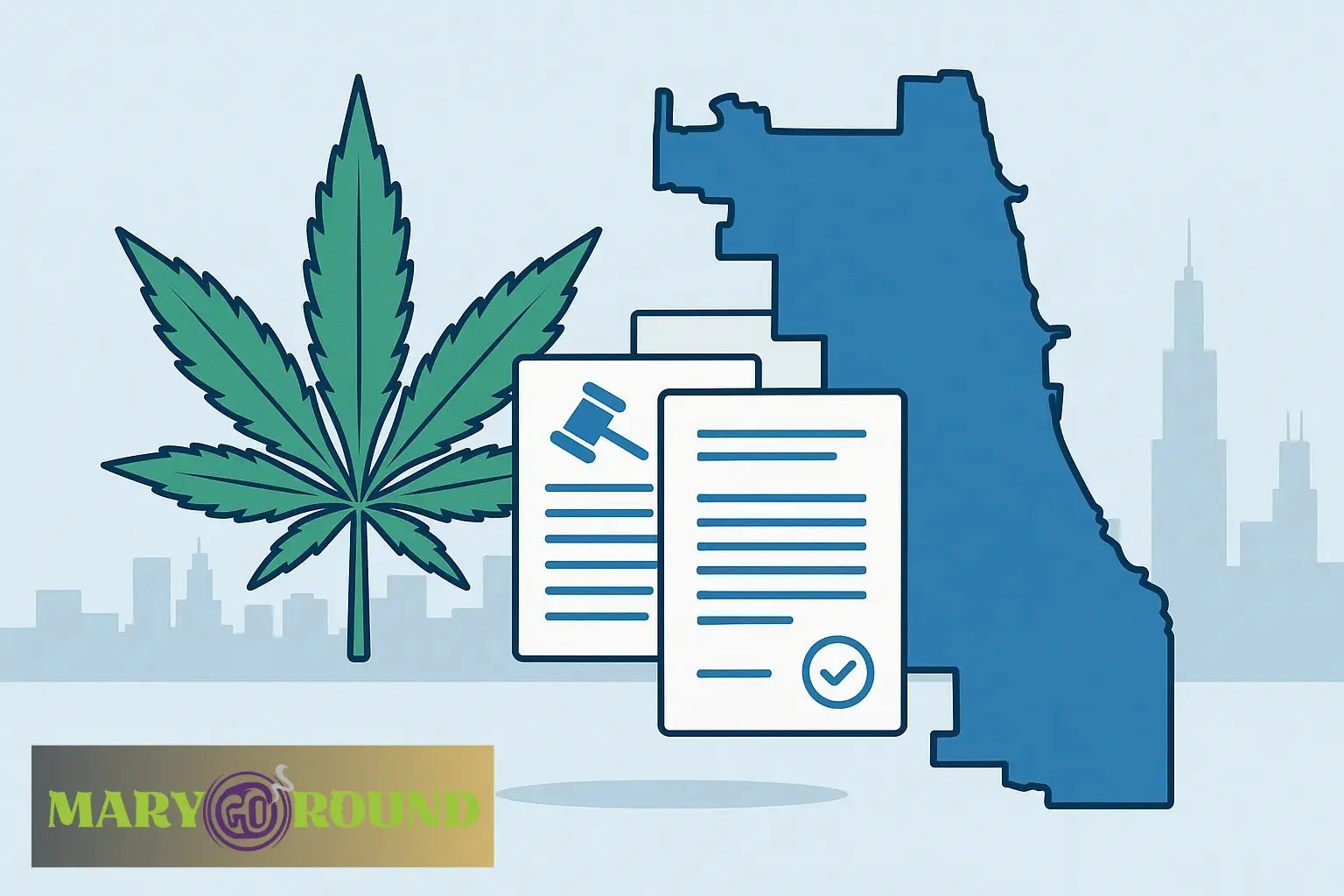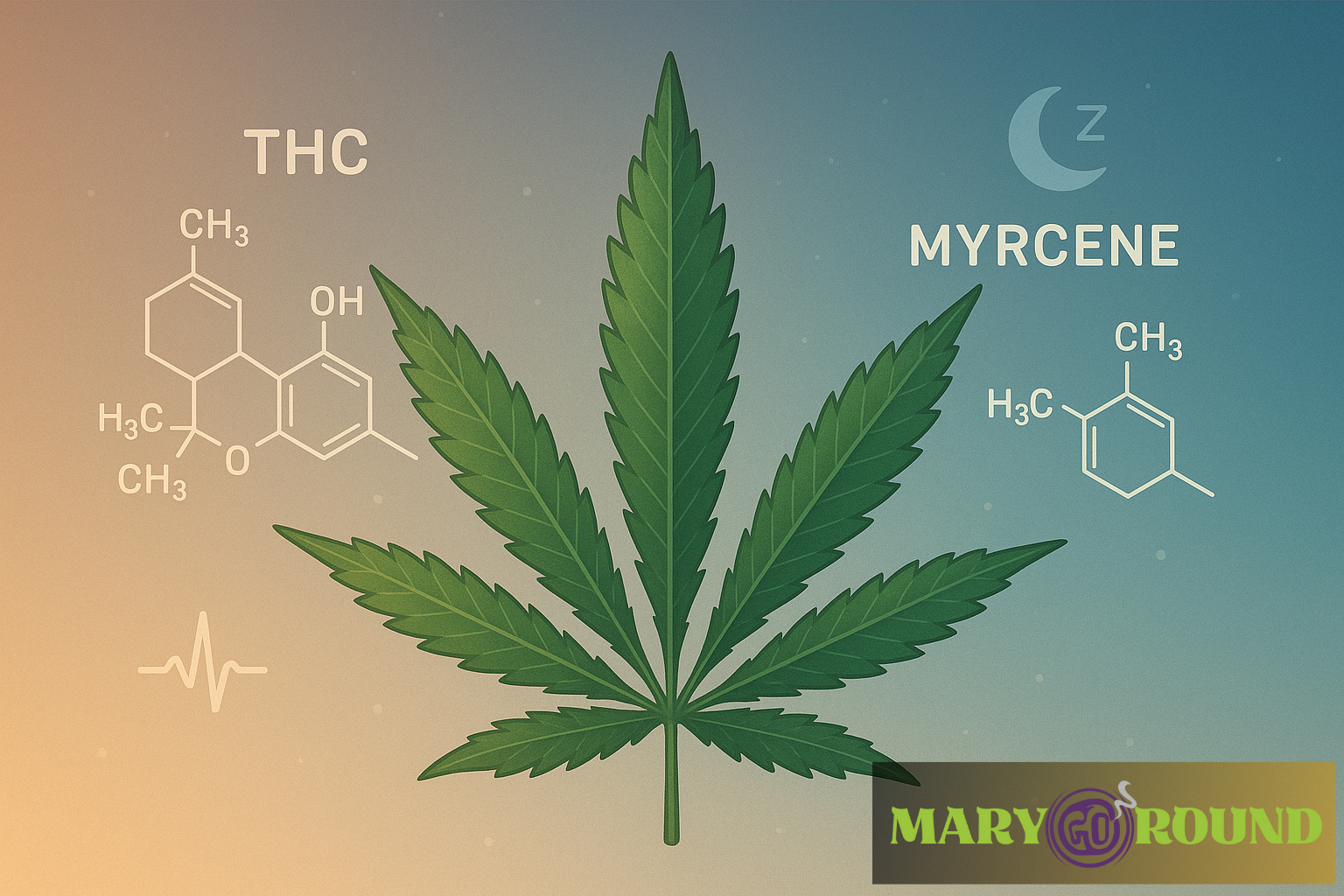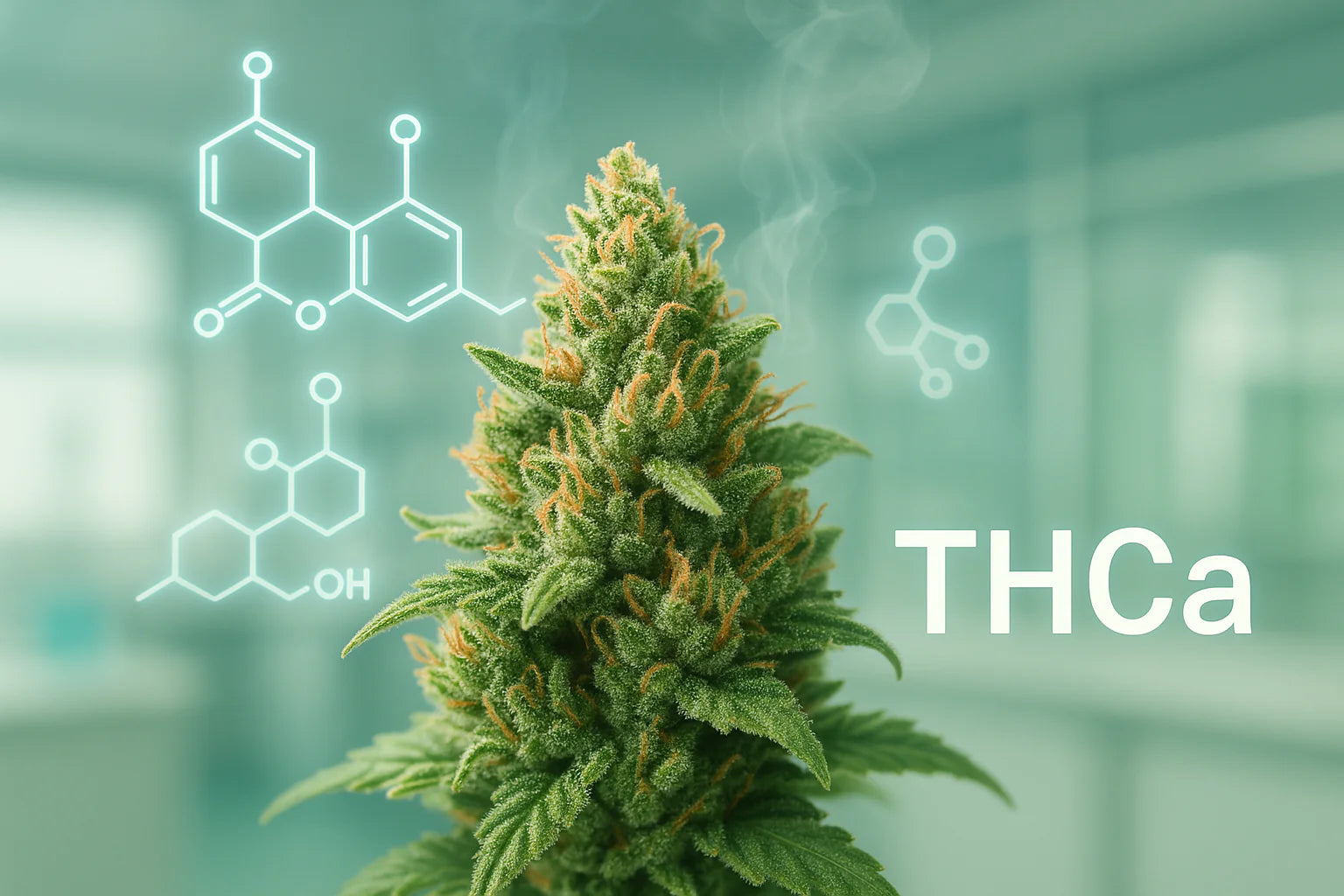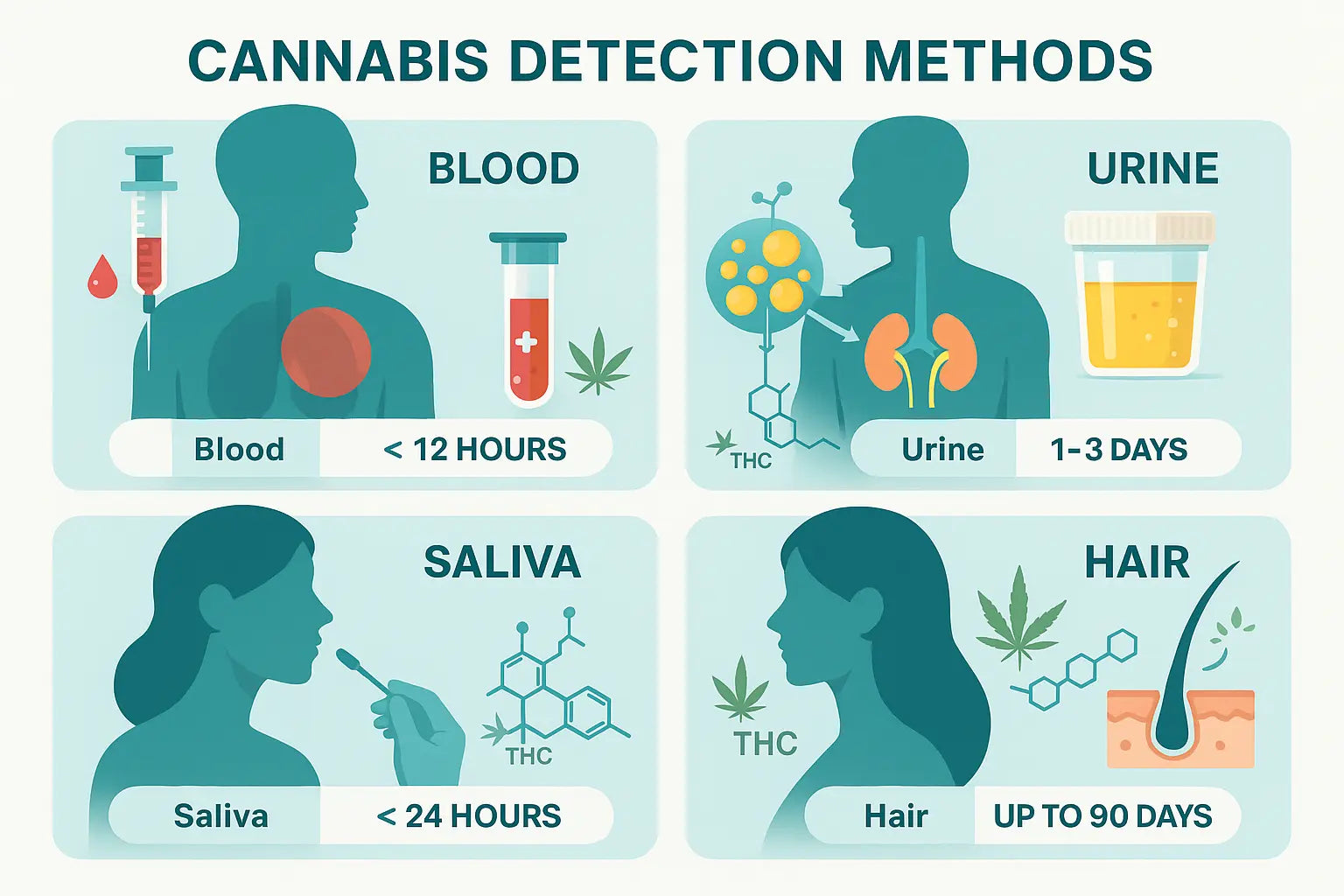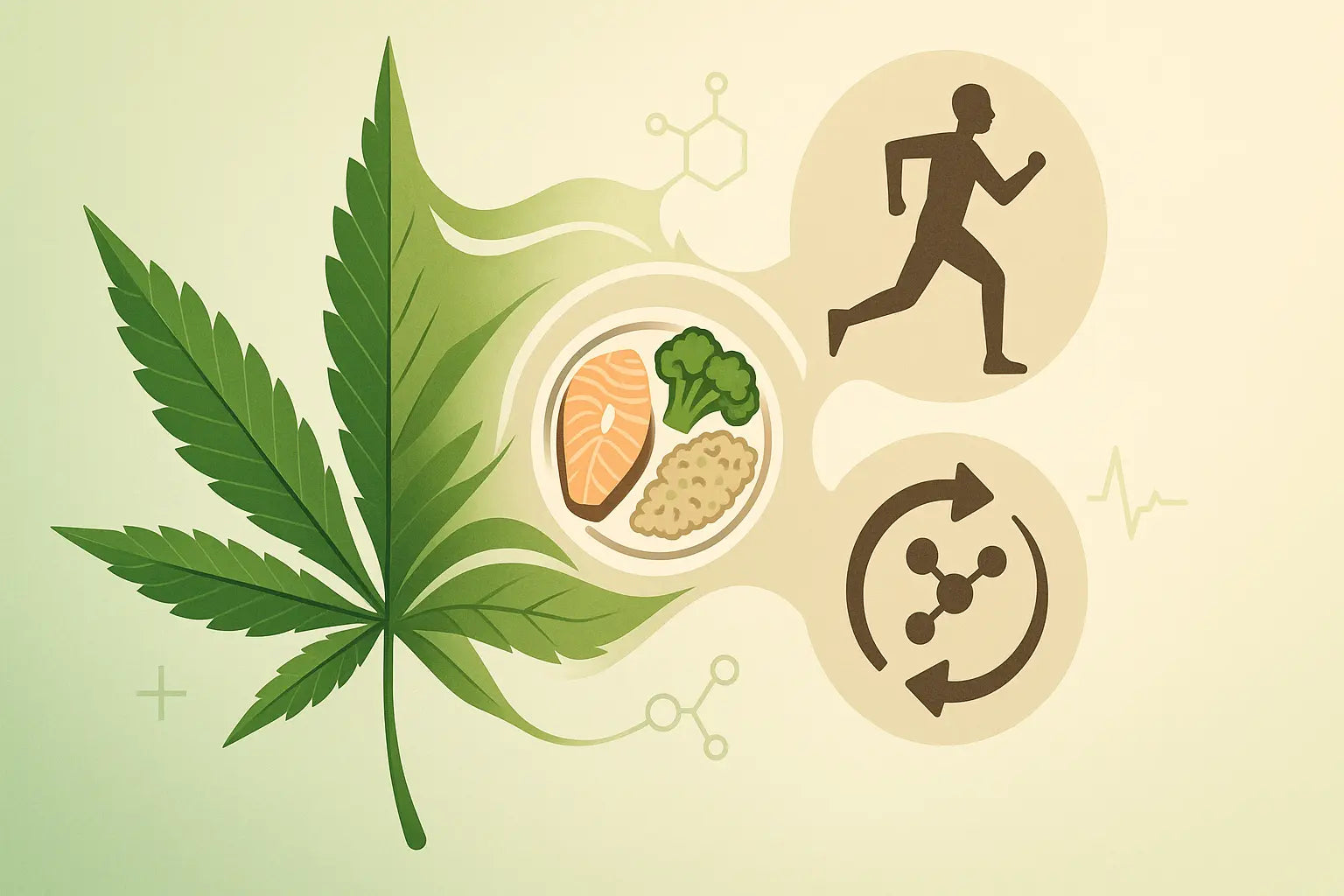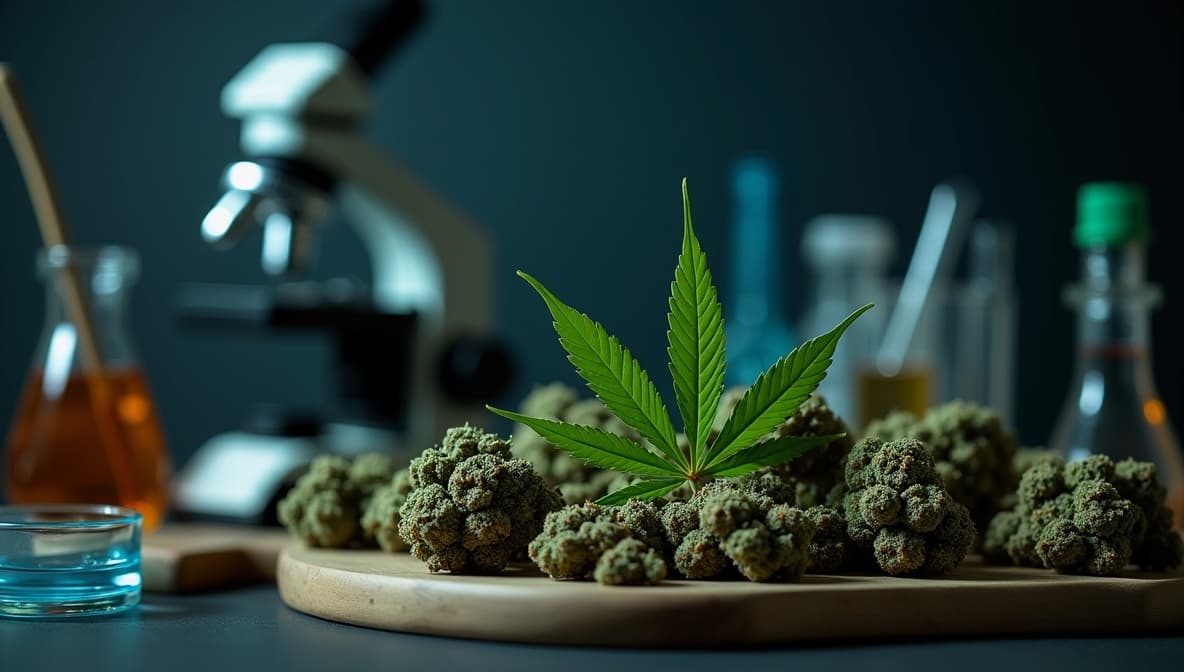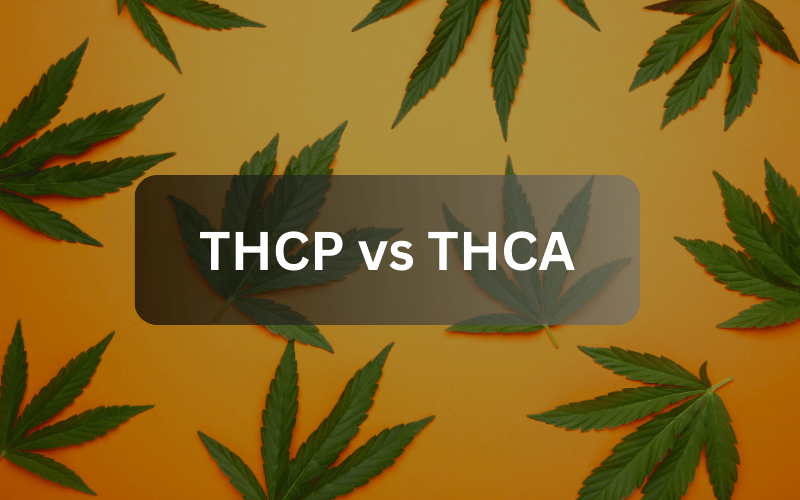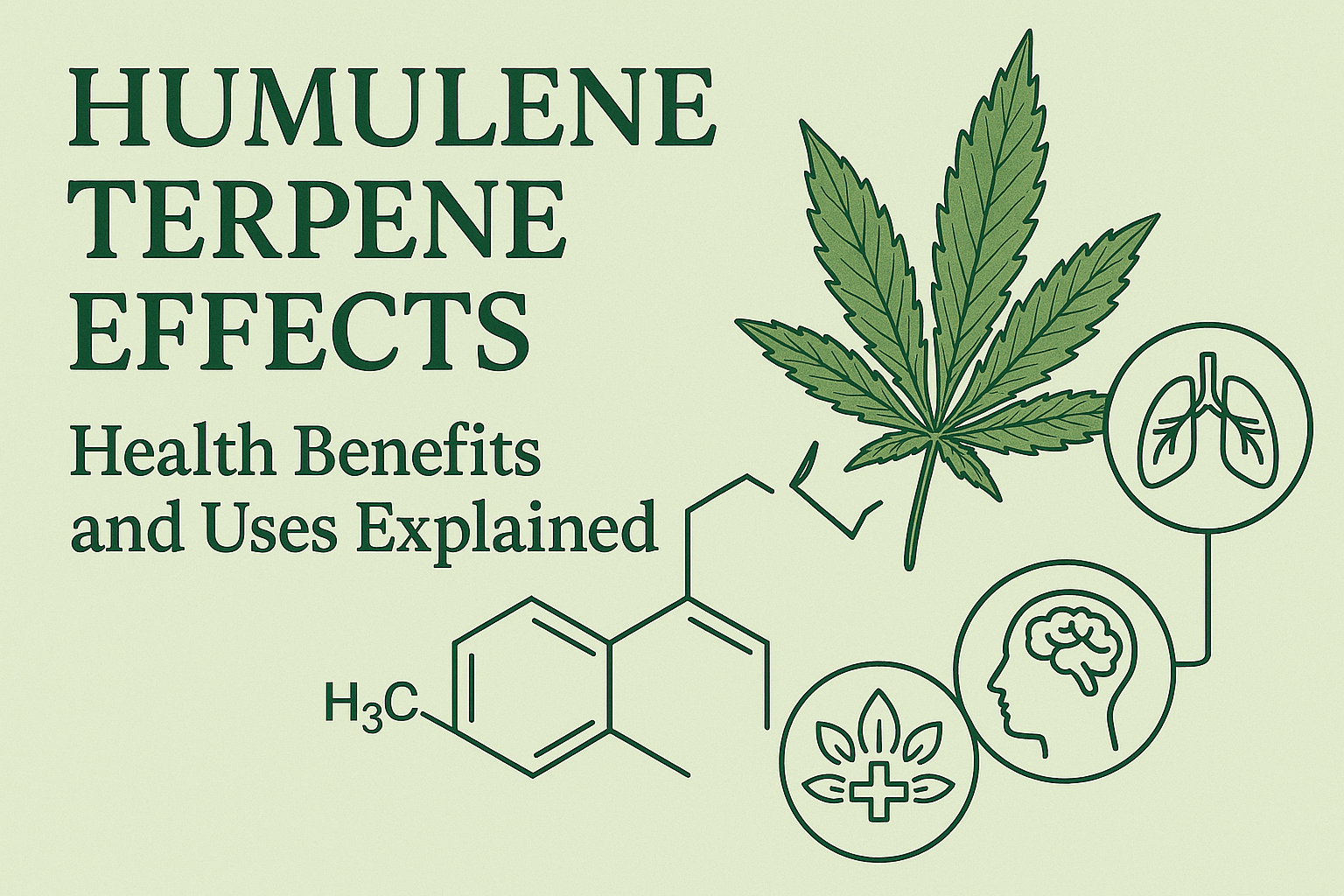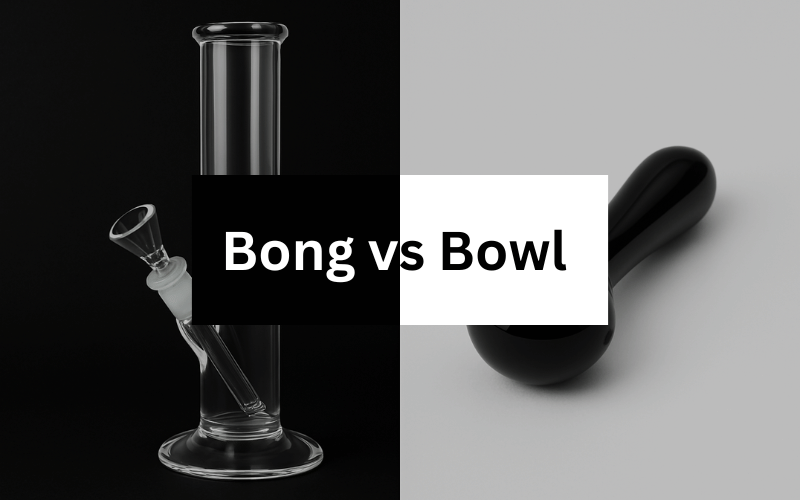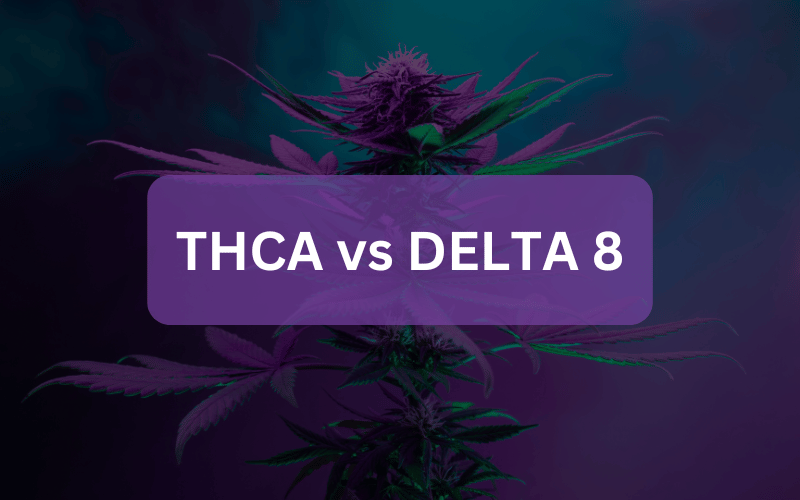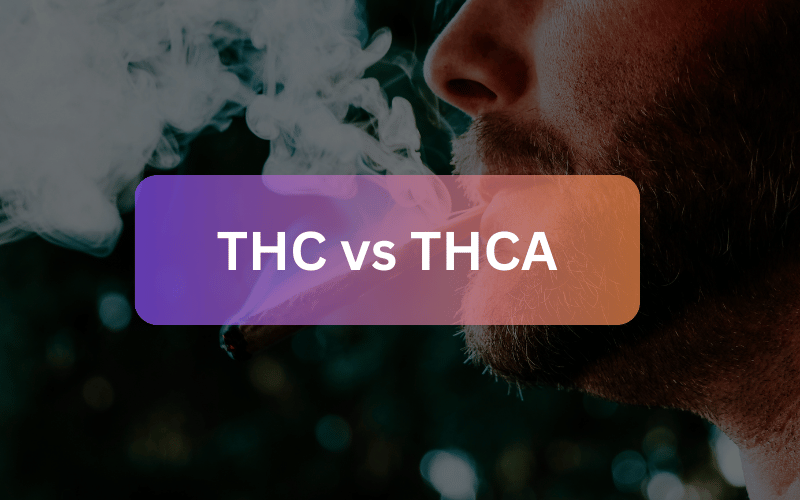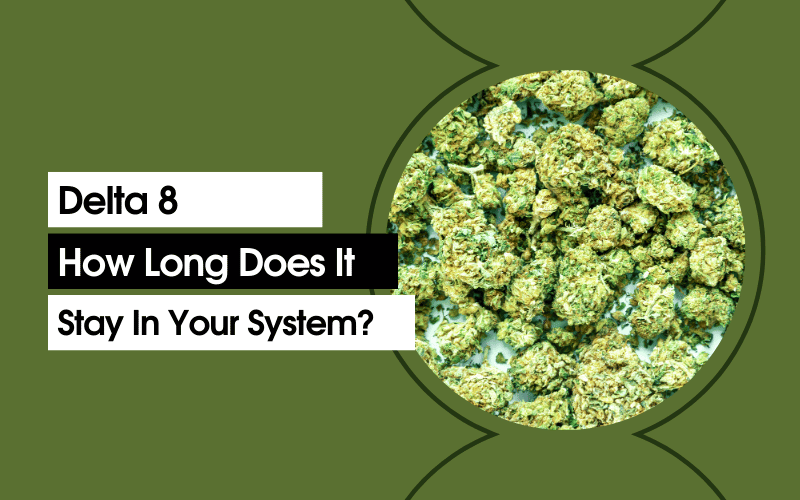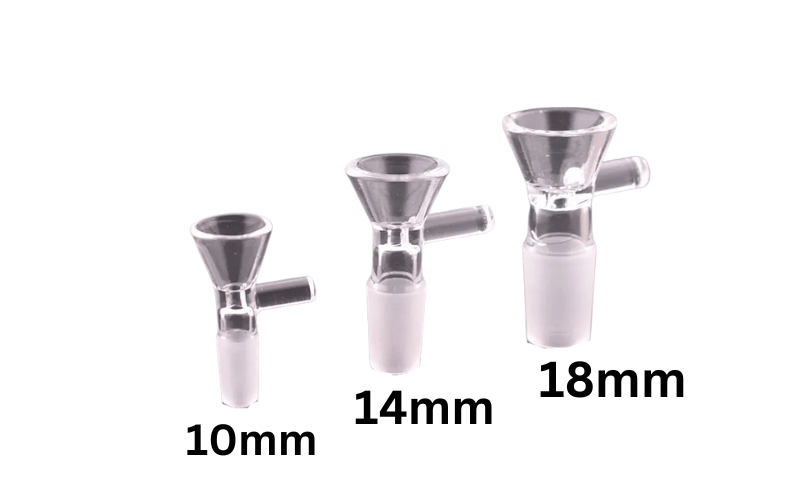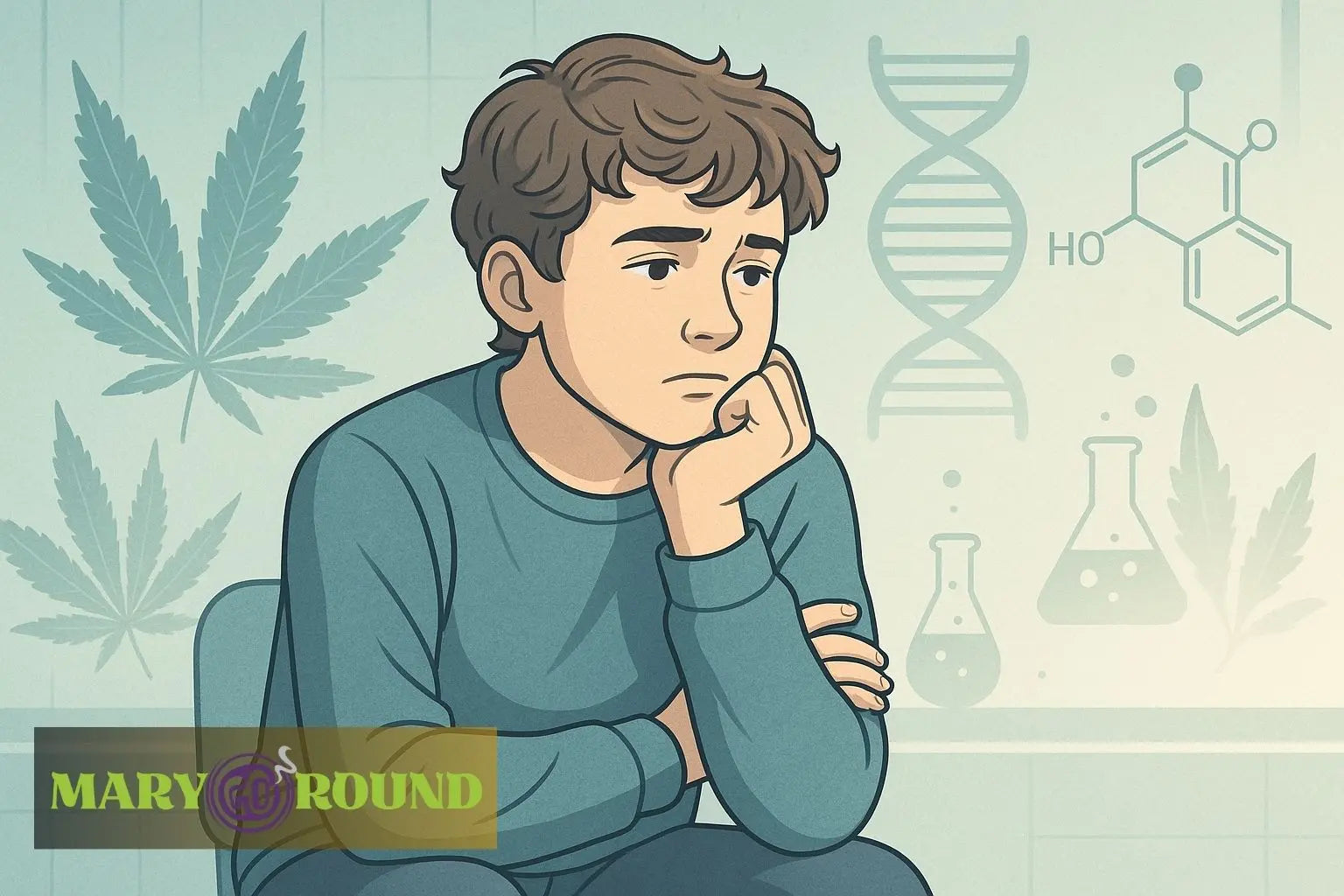
Does Weed Stunt Your Growth? What Science Actually Says
Posted by Tom Wittneben on
“Does weed stunt your growth?” It’s a question that’s been passed around for years. Mostly, it serves as a warning to young people and a concern for parents.
At first, it sounds convincing. After all, adolescence is a critical time for growth and development. But when you look closer at the science, the truth is more nuanced than the myth.
So, what does research really say about cannabis and growth? Let’s dig into the evidence, clear up the misconceptions, and understand what scientists actually know so far.
Key Takeaways
-
Most studies show no clear link between cannabis use and reduced adult height.
-
The real concerns lie in hormonal balance and brain development, not physical stature.
-
Scientists agree! We need more long-term studies to truly understand cannabis and growth during adolescence.
The Bottom Line: Current Research on Cannabis and Growth
When it comes to height, the science is fairly consistent. Cannabis may directly stunt physical growth.
For example, one study published in the Adolescent Health, Medicine and Therapeutics found a potential link between marijuana use and adult height. It also suggests that heavy, long-term use during adolescence may influence the timing of development.
Regardless, scientists emphasize the need for more rigorous, long-term research before making any final claims.
Understanding Cannabis: What Happens in Your Body
So why do people worry about growth in the first place? It helps to understand how cannabis works in the body.
The main psychoactive compound, THC or tetrahydrocannabinol, binds to cannabinoid receptors in the brain. These receptors normally interact with natural chemicals like anandamide, which help regulate mood, appetite, and even parts of development.
Because THC hijacks this system, the effects can range from euphoria and relaxation to impaired judgment and slower reaction times. The way cannabis affects you depends on several factors, such as genetics, consumption method, frequency of use, and personal biology.
For instance, smoking marijuana delivers THC to the brain quickly, creating a fast high. Edibles, on the other hand, take longer to kick in but last much longer.
Regular use can also lead to tolerance, meaning you need more cannabis to feel the same effects. This pattern can encourage heavier use, which is where potential risks for adolescents become more significant.
How Normal Growth and Development Work
To understand how cannabis might play a role, it helps to know how growth normally happens.
Growth hormone, produced by the pituitary gland, drives much of the body’s physical development during puberty. This hormone works alongside others, such as growth hormone–releasing hormone and insulin-like growth factor 1 (IGF-1), to keep development on track.
During adolescence, these hormonal systems are especially active and also more vulnerable to outside influences. Nutrition, sleep, and exercise all play huge roles in keeping growth on schedule.
When hormone levels are disrupted, the effects can ripple across physical development. That’s why puberty is considered a critical window for building both physical and emotional health.
The Science: What Studies Actually Show About Cannabis and Growth
In the previously-mentioned study, the animal studies suggest cannabis exposure may delay puberty and growth spurts. But translating animal data to humans is tricky.
In human studies, the results are mixed. They note a delayed puberty and an impact on growth especially, marijuana-addicted boys. Still, most studies struggle with challenges like small sample sizes, self-reported data, and confounding factors like diet, exercise, or use of other substances.
So far, the main takeaway is that while there are potential red flags, there’s no solid proof that cannabis directly stunts growth. Instead, the gaps in research highlight the need for more controlled, long-term studies.
Hormonal Disruption: The Real Concern
If cannabis may not be shrinking people, why does the concern persist? The answer lies in hormones.
The study shows that chronic cannabis use has been linked to lower testosterone levels in adolescent males. That’s important because testosterone plays a key role in delayed or early puberty and overall development.
There’s also evidence that cannabis can raise cortisol, the body’s stress hormone. High cortisol levels can interfere with growth hormone levels, potentially delaying normal growth patterns. Instead of directly reducing height, cannabis may disrupt the timing of puberty or alter how hormones regulate development.
This makes adolescence a particularly sensitive stage. Since hormonal systems are in overdrive, heavy recreational cannabis use during these years may have stronger effects. This is not just on growth, but on overall physical and mental development.
Brain Development: The Bigger Risk
Here’s where the science gets clearer: the brain.
Development doesn’t stop at puberty, it continues well into the mid-20s. That means adolescents are particularly vulnerable to cannabis’s effects.
Research shows regular use can affect memory, attention, and executive function. These are the very skills you need for learning, decision-making, and planning ahead.
More importantly, studies consistently link early and heavy cannabis use with higher risks of depression, anxiety, and even suicidal thoughts. Regular use, especially for those already at risk of mental health issues, can worsen outcomes like academic performance and long-term wellbeing.
Age Matters: When Cannabis Use Is Most Risky
Timing makes a big difference. Adolescence, especially between ages 13 and 18, is the period when cannabis use poses the highest risks.
The earlier someone starts, the greater the potential impact on both hormones and brain development. Early adolescence is a particularly sensitive window, and heavy use during this stage may cause more lasting effects.
Once growth and brain development are largely complete, the risks drop. Using cannabis as young adults generally don’t face the same developmental concerns.
However, that doesn’t mean adult use is risk-free. It simply means the body and brain are no longer as vulnerable to disruptions in growth or puberty.
Encouragingly, some research suggests that the adolescent brain’s plasticity may allow for partial recovery after quitting, though the long-term picture is still being studied.
Why the Research Is Limited
If the science feels inconclusive, that’s because it is.
Cannabis remains a Schedule I drug at the federal level in the U.S., making it hard for researchers to run the large, long-term studies needed to draw definitive conclusions. On top of that, most studies rely on self-reported use, which isn’t always reliable, and cannabis itself comes in many forms and potencies.
Add in lifestyle factors like nutrition, sleep, and use of other substances, and it becomes even tougher to isolate cannabis’s role. Without more rigorous, longitudinal research, we can’t fully answer the question of cannabis and growth.
Still, what we do know points to brain and hormone impacts as more pressing concerns than physical stature.
Practical Takeaways: What This Means for You
If you’re under 25, here are a few things to keep in mind:
-
Wait it out: Holding off until your brain development is complete lowers your risks.
-
Heavy vs. light use: The dangers rise with frequent, chronic use, while occasional use carries fewer risks, though it’s not risk-free.
-
Parents’ role: Focus conversations on brain development and mental health risks, rather than height.
-
For current users: Knowing the risks helps you make more informed decisions. Talking to a healthcare provider about personal risk factors is always a smart move.
At the end of the day, cannabis use is a personal choice. Still, an informed choice is the best one. Staying up-to-date on research ensures you can weigh the pros and cons for your health and wellbeing.
The Future of Cannabis and Growth Research
There’s a real need for comprehensive, long-term studies that follow people from adolescence into adulthood. Standardized dosing and controlled conditions would give researchers more reliable answers about cannabis’s effects on hormones, growth, and brain development.
As cannabis laws evolve, opportunities for stronger research will open up. These studies will be key to answering questions about how cannabis interacts with growth and development.
Until then, the best approach is caution, paired with education.
Summary
So, does weed stunt growth? The evidence so far says possibly when it comes to height. The bigger concerns are hormonal disruptions and brain development, especially during adolescence. Since rigorous long-term research is still limited, we don’t have all the answers yet.
For now, the safest move, particularly if you’re under 25, is to be cautious and informed. Understanding the risks means you can make smarter decisions about cannabis use today, while keeping your long-term health in mind.
Frequently Asked Questions
Still have questions? We at Mary Go Round are happy to help!
Does Smoking Cannabis Stunt Growth?
Not in terms of final adult height; however, some studies suggest that marijuana use could lead to individuals being inches shorter than their peers . However, heavy and chronic use during adolescence may influence development timing.
How Does Cannabis Affect the Brain?
Cannabis can interfere with brain development and may contribute to substance abuse issues , especially under age 25. Risks include problems with memory, attention, and executive function, as well as higher chances of depression and anxiety.
Why Is the Research on Cannabis and Growth Limited?
Because cannabis is a Schedule I drug, researchers face barriers to conducting long-term studies. Add in self-reported data, inconsistent potency, and different consumption methods, and it’s tough to measure true effects.
What Are the Practical Takeaways for Cannabis Users?
If you’re under 25, waiting is safest. Heavy use is riskier than light use, and it’s smart to consult a healthcare provider about your personal situation.
What Does the Future Hold for Cannabis and Growth Research?
Better studies are on the horizon. With legalization expanding, researchers will have more chances to track long-term effects and finally answer the open questions around cannabis and growth.

